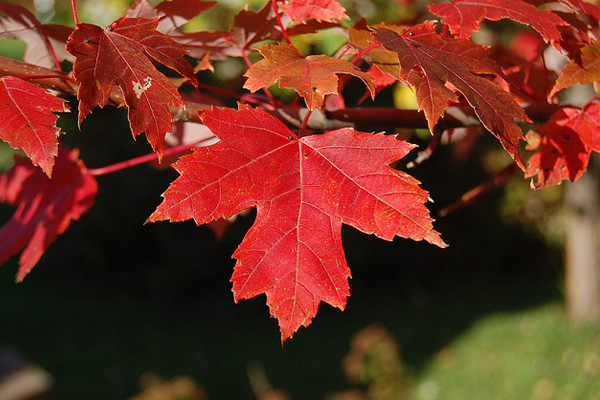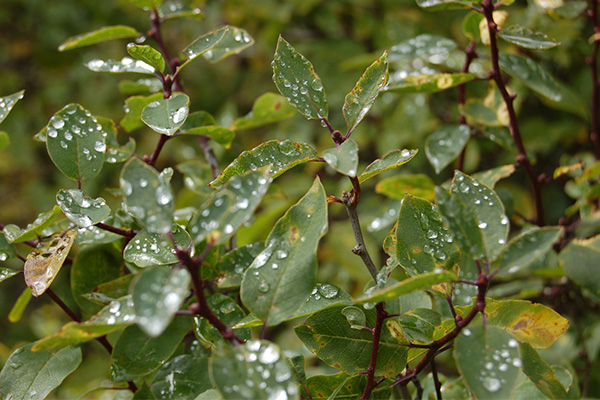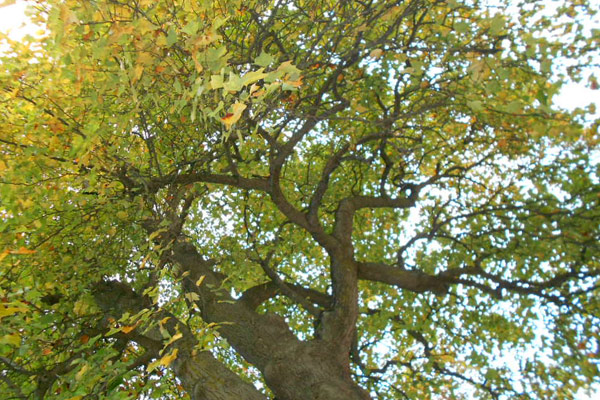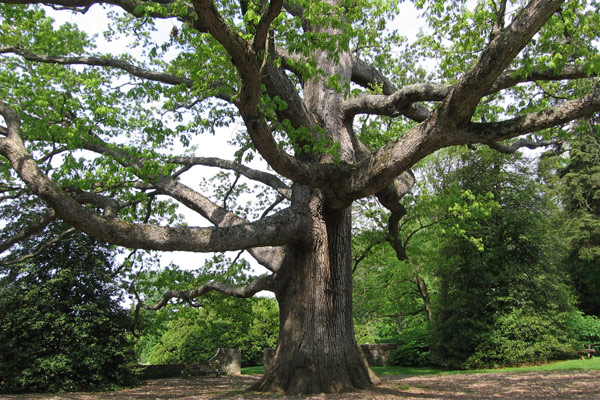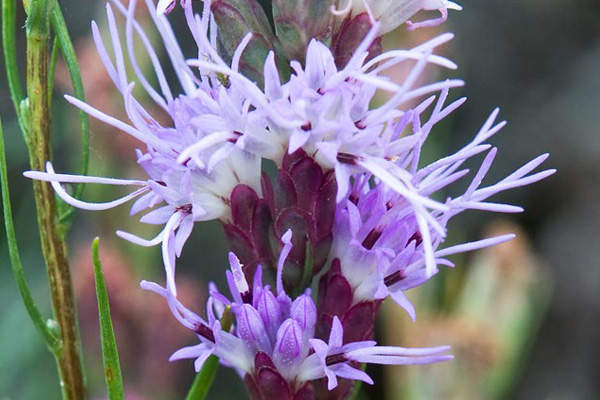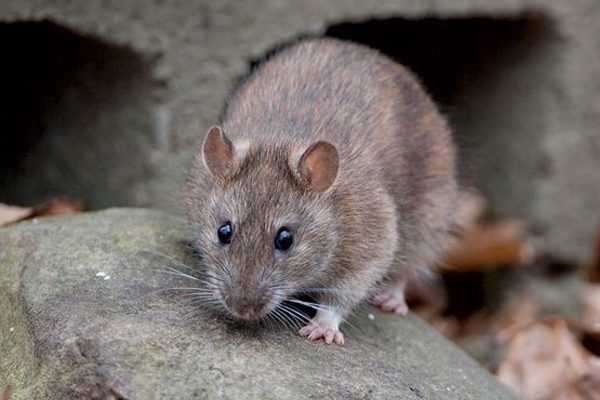A prolonged drought in the Southeast U.S. sparked dozens of wildfires in the forest of the southern Appalachian mountains. These fires began around November 9th, 2016 and lasted about a month. Pinnacle Fire, which was located in Table Rock State Park close to Pickens, SC, burned at least 10,000 acres. "The fire will have long-lasting impacts on forest composition and wildlife habitat. In general, the fire will result in many positive ecological improvements because
historically, fire played a critical role in the development and maintenance of the forest and plant communities across the Blue Ridge Escarpment." -Mark Hall
(Jocassee Journal: Fall / Winter 2016)
 = Pinnacle Fire Area
= Pinnacle Fire Area
